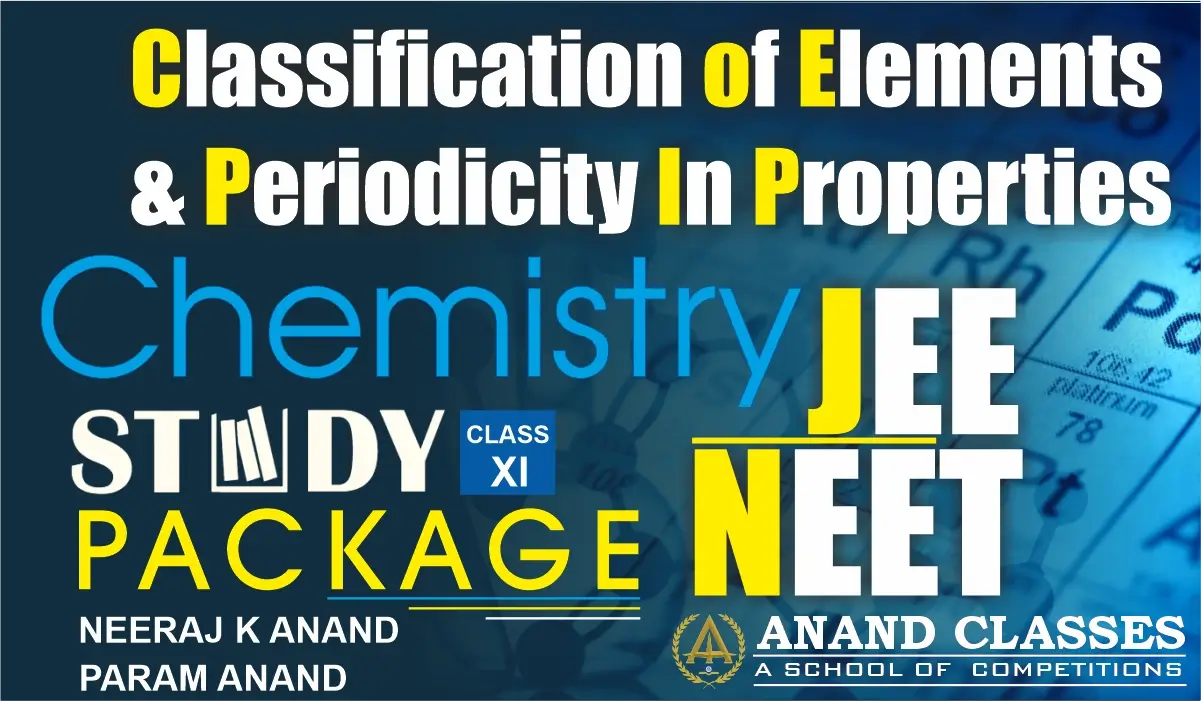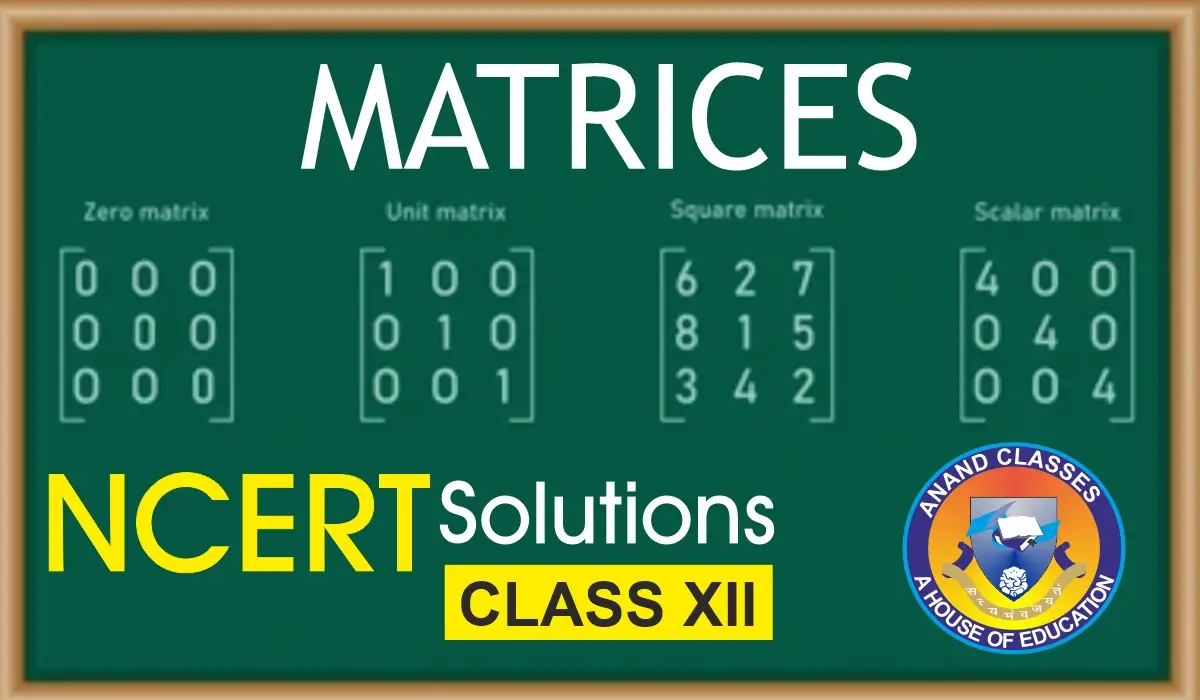Anand Classes Notes of f-Block elements, also known as inner transition elements, are found in two separate rows at the bottom of the periodic table and include the lanthanide (4f) and actinide (5f) series. In these elements, the (n–2)f orbitals of the inner-penultimate shell are progressively filled, giving them unique properties such as variable oxidation states, coloured ions, complex formation, and in the case of actinides, radioactivity. These elements are an important part of Class 11 Chemistry, JEE, and NEET exam preparation.
📘 f-Block Elements – Inner Transition Elements
🔹 Position in the Periodic Table
- f-Block elements are located below the main body of the periodic table, in two separate horizontal rows.
- They are placed there to maintain the compact form of the table.
- Belong to Periods 6 and 7 and are part of Groups 3 and 4 in the extended periodic table.
- These elements are also called inner transition elements because the last electron enters the f-subshell of the inner-penultimate shell (third shell from the outermost) i.e. (n–2)f orbitals.
🔹 Series in f-Block
There are two series, each containing 14 elements:
(A) Lanthanide Series (4f-Block)
- Atomic numbers 58 (Cerium) to 71 (Lutetium).
- 4f orbitals are progressively filled.
- Also called rare earth elements (though some are fairly abundant).
- Show predominant oxidation state +3, but +2 and +4 are also seen in certain members.
- Examples: Ce⁴⁺, Eu²⁺, Yb²⁺.
(B) Actinide Series (5f-Block)
- Atomic numbers 90 (Thorium) to 103 (Lawrencium).
- 5f orbitals are progressively filled.
- All actinides are radioactive.
- Many beyond Uranium (Z > 92) are synthetic transuranic elements.
- Show multiple oxidation states: +3, +4, +5, +6, +7 (example: Uranium → +3 to +6).
🔹 General Electronic Configuration
[Noble gas] (n–2)f1-14 (n–1)d0-2 ns2
- (n–2)f orbitals are inner-penultimate orbitals being filled.
- (n–1)d orbitals may or may not be occupied (0–2 electrons).
- Outer ns2 electrons are common to both series.
Example:
- Cerium (Ce, Z = 58) → [Xe] 4f¹ 5d¹ 6s²
- Uranium (U, Z = 92) → [Rn] 5f³ 6d¹ 7s²
🔹 Important Trends & Concepts
(i) Metallic Character
- All f-block elements are metals.
- Have high densities and melting points.
- Actinides are softer than lanthanides.
(ii) Oxidation States
- Lanthanides → Mostly +3 (stable due to half-filled or completely filled f-subshell stability).
- Actinides → Show more variable oxidation states because energy differences between 5f, 6d, and 7s orbitals are small.
(iii) Coloured Ions
- Caused by f–f electronic transitions within partially filled f-orbitals.
- Colour intensity depends on the number of unpaired f-electrons.
- Example:
- Ce³⁺ → colourless (f¹)
- Nd³⁺ → violet
- UO₂²⁺ → yellow
(iv) Radioactivity
- All actinides are radioactive; heavier ones undergo α-decay, β-decay, or spontaneous fission.
(v) Magnetic Properties
- Most are paramagnetic due to unpaired f-electrons.
- Magnetic moments are calculated using both spin and orbital angular momentum (unlike d-block, where only spin formula works in most cases).
🔹 Lanthanide Contraction
- Definition: Gradual decrease in atomic and ionic radii from La³⁺ to Lu³⁺.
- Cause: Poor shielding of nuclear charge by 4f electrons.
- Effect:
- Similar sizes of elements in Period 5 and Period 6 (e.g., Zr and Hf).
- Increases hardness and density.
- Affects separation of lanthanides (chemically very similar).
🔹 Actinide Contraction
- Similar decrease in atomic radii across actinides.
- Due to poor shielding of nuclear charge by 5f electrons.
🔹 Differences between Lanthanides & Actinides
| Feature | Lanthanides (4f) | Actinides (5f) |
|---|---|---|
| Orbitals filled | 4f | 5f |
| Oxidation states | Mostly +3 | +3 to +7 |
| Radioactivity | Mostly stable | All radioactive |
| Complex formation | Moderate | Extensive |
| Occurrence | Mostly natural | Many synthetic |
🔹 Uses of f-Block Elements
Lanthanoids:
- Used in glass polishing powders (CeO₂).
- Neodymium magnets.
- Mischmetal for lighter flints.
Actinoids:
- Uranium & Plutonium → nuclear fuel.
- Thorium → gas mantles.
- Americium → smoke detectors.
❓ FAQs on f-Block Elements (Inner Transition Elements)
What are f-Block elements?
f-Block elements, also called inner transition elements, are those in which the (n–2)f orbitals (inner-penultimate shell) are progressively filled. They are placed separately at the bottom of the periodic table and consist of two series — lanthanides (4f) and actinides (5f).
Why are they called inner transition elements?
They are called inner transition elements because the electrons are added to an inner f-subshell (third shell from the outermost) while the outer shells remain similar in configuration.
What is the general electronic configuration of f-Block elements?
General configuration: [Noble gas] (n–2)f1-14 (n–1)d0-2 ns2
Example: Ce → [Xe] 4f¹ 5d¹ 6s².
What is the difference between lanthanides and actinides?
Lanthanides (4f): Mostly +3 oxidation state, generally stable, mostly non-radioactive.
- Actinides (5f): Show multiple oxidation states (+3 to +7), all radioactive, many synthetic (transuranic).
Why do many f-Block elements form coloured ions?
Because of f–f electronic transitions within partially filled f-orbitals, which absorb certain wavelengths of light, producing colour.
Why are most actinides radioactive?
Actinide nuclei are large and unstable due to poor shielding by 5f electrons, which leads to radioactive decay such as α-decay, β-decay, or spontaneous fission.
What is lanthanide contraction?
It is the gradual decrease in ionic and atomic radii from Ce³⁺ to Lu³⁺ due to poor shielding of nuclear charge by 4f electrons.
Give some uses of f-Block elements.
- Lanthanides: Neodymium magnets, glass polishing (CeO₂), lighter flints (mischmetal).
- Actinides: Uranium & Plutonium in nuclear reactors, Americium in smoke detectors, Thorium in gas mantles.
📚 Buy Study Material & Join Our Coaching
For premium study materials specially designed for JEE, NEET, NDA, and CBSE/ICSE Classes, visit our official study material portal:
👉 https://anandclasses.net.in/
To enroll in our offline or online coaching programs, visit our coaching center website:
👉 https://anandclasses.co.in/
📞 Call us directly at: +91-94631-38669
💬 WhatsApp Us Instantly
Need quick assistance or want to inquire about classes and materials?
📲 Click below to chat instantly on WhatsApp:
👉 Chat on WhatsApp
🎥 Watch Video Lectures
Get access to high-quality video lessons, concept explainers, and revision tips by subscribing to our official YouTube channel:
👉 Neeraj Anand Classes – YouTube Channel


